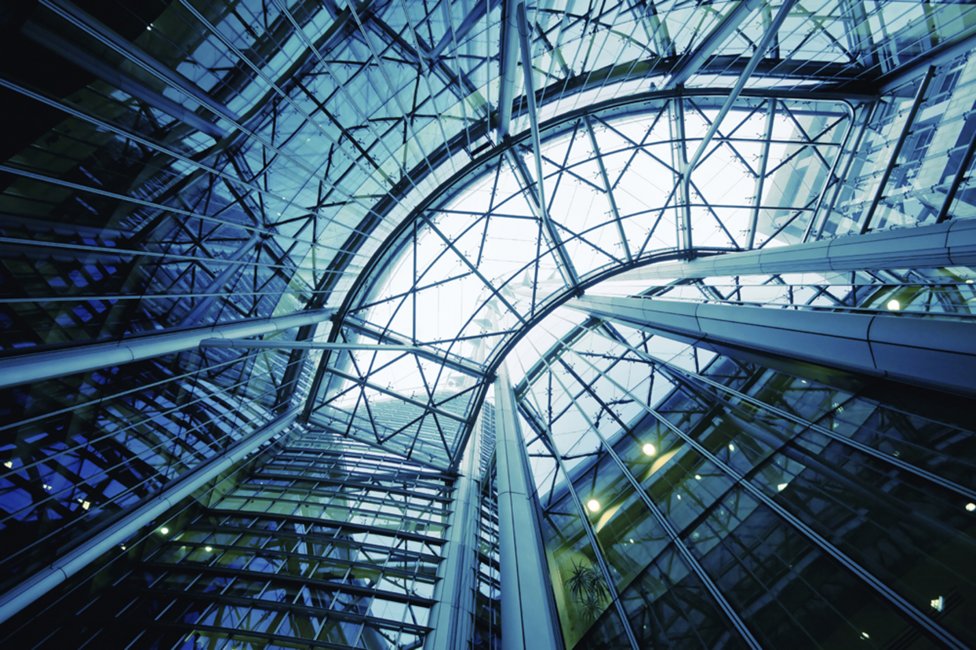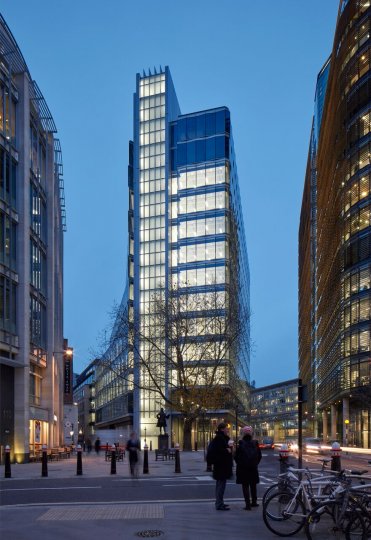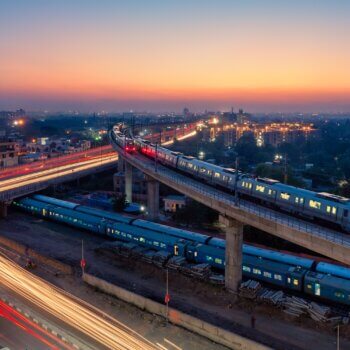
The importance of design in the workplace
19 May 2016, London
This autumn, Bird & Bird will open its contemporary new building at 12 New Fetter Lane. With plans to grow its London headcount, all of the firm’s London lawyers will be under one roof in a specially commissioned new building in the heart of London’s legal district.
The new premises will have a dedicated business lounge, especially useful for international clients, whilst the central location will provide a welcoming business hub that better connects its clients, lawyers and business services staff.
Nicholas Perry, Head of the London Office at Bird & Bird says:
“Our striking new building in London represents an exciting milestone in our plans to grow and modernise the firm over the coming years. We are all very excited about working in a dynamic space that better resonates with our clients’ working environments and enhances our collaborative culture”.
More generally, workplace design is increasingly becoming a core part of future business thinking. Here, Kevin Britchfield, Operations Director at MCM Architecture Ltd, considers current workplace design and what’s driving the future needs of the corporate world…
Current Trends in Workplace Design
Constant and challenging change will continue to drive the purpose and energy of the corporate world. As a result, commercial offices need to be much more responsive to the demands of current and future business agendas – key considerations are:
- Property portfolios will better suit business’ needs if they can be re-freshed and re-organised more frequently, buildings will more effectively support business if they are more readily adaptable. Space has to support frequent re-organisation as the workforce continues to re-shape within and around the edges of the corporate body.
- Successful businesses are increasingly built on a capacity to convert corporate knowledge and the experience of their people into new products, services and solutions. Workspaces need to support active collaboration in spaces where debate and information can be shared in a lively interactive environment.
- Something like 50% of people are introverts who will never perform at their best in the high energy of noisy collaboration. Spaces for reflection and consideration followed by deep thought and calm conversation may be a far more productive form of collaboration.
- People who come together informally are removed from the pressure of an instant opinion, a quick answer. Conversation over coffee with a colleague you never usually speak to can bring forth unexpected creativity.
- Social spaces nurture the wellbeing of an organisation and allow shared values to be reinforced. In a world where mobility is king and time is fragmented, spaces that bring people together for informal conversation foster happy and productive organisations.
The responses to these needs are shaping the future property requirements of today’s biggest and brightest corporate organisations:
Buildings as an organisational heart and hub
As work becomes more dispersed, the importance of a corporate base that reinforces brand, culture and ‘coming together’ activities increases.
Portfolio flexibility
As headcount flexes in response to changing workloads, organisations are looking to create flexible portfolios that include an element of short-term instant access space.
Spaceless growth
It’s all about managing growth within existing space where possible. Typical observation data still shows only 64% utilisation for desks, 39% for average office use and an average number of meeting no-shows at 40%, so the focus is on extracting greater utility from existing space – not on taking more space.
Choice
Spaces that offer different work-settings to support collaboration, networking, discussion, focus, concentration and friendship. Workplace solutions that offer users menus of workspace that teams can swap in or out as business changes, ideally assembled from elements that users can re-configure, are the order of the day.
Blur
Between client spaces and work spaces, between personal and professional activity and between work and play. Each organisation has different boundaries whether determined by compliance, confidentiality or preference but achieving overlap delivers greater real estate efficiency, dilutes silo working and softens team boundaries.
Talent
Space and design as a motivator for attracting and retaining exceptional people. Workplace is rarely the key deciding factor but great workplaces communicate values and offer a tangible example of investing in the best for people versus inefficient workplaces that wear down, drain motivation and challenge long term loyalty.
Wellbeing
Healthy people are happier, less prone to sickness and more likely to be productive. Increasingly organisations want explicitly healthy workplaces, either by specification, sustainable design, provision of gyms and healthy food or access to health and welfare programmes. Healthy workplaces are increasingly justified as a valid differentiator for attracting and retaining the best.
Technology
For some of the most agile workers, the screen – rather than desk – is their workplace. As technology becomes wireless and disconnected from the building, our industry should be challenging the office building – floor heights, services infrastructure even natural ventilation. Technology has reshaped the workplace in the last few years. In coming years Artificial Intelligence (AI) is expected to transform the way businesses carry out many of today’s tasks and activities. Who will we be designing workspace for?
Brand/identity and culture
The three areas that express the unique personality and values of an organisation and where the workplace must be shaped to be unique and relevant to each company and its people.
There are a number of recent completed workplace projects which reflect these trends:
- For its new London headquarters at Fitzroy Place, Estee Lauder set the explicit goal of creating the ultimate workplace that would attract and retain staff, and that would fully reflect its many different brands to visitors and staff. Every decision was checked against these two drivers, and the resulting building, which provides an exceptionally rich experience to staff (far removed from what has been the corporate norm), has been hugely well received by staff and clients.
- At the Edge Building in Amsterdam, Deloitte have embraced the latest technology to support a fully agile working model. A bespoke app recognises staff as they arrive, and personalises the immediate environment to suit their preferences. The building has also set a new global benchmark for a sustainable building.
- Back in London, the Alphabet Building on Finsbury Square looks to reposition an existing commercial building to reflect the changing workplace needs of businesses. It fuses the modern corporate HQ with the small office cluster buildings preferred by tech companies and start-ups, and provides a number of shared business and social spaces for use by all the occupiers.

Originally published in DesignWrites 8th Edition. Co-authored by Kevin Britchfield of MCM Architecture.








